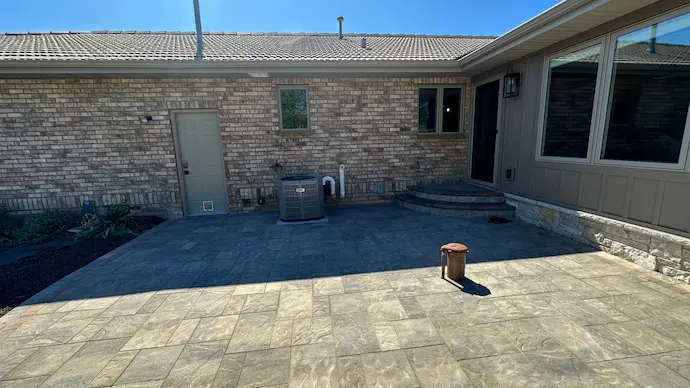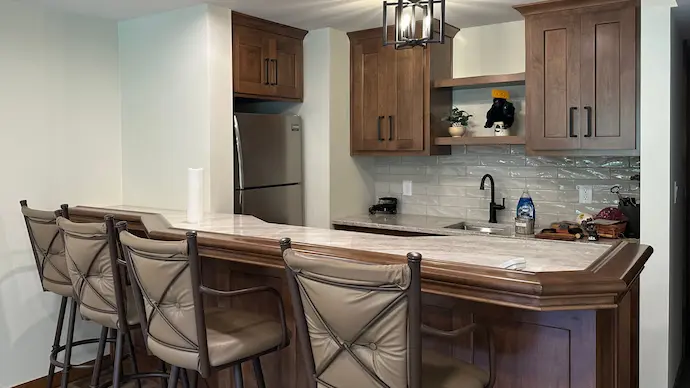July 14, 2025
Dream Homes in Door County
Older homes and historic buildings are admired for their special charm. Whether it’s the crown molding, original hardwood floors, or quirky built-ins, these details tell a story. But when it’s time to renovate, how do you update the space without erasing the charm that made you fall in love with it in the first place?
Renovating historic homes doesn’t mean sacrificing character. With the right approach, you can modernize your space while honoring its roots.
Why Preserving Original Features Matters

Keeping original elements adds real value to your home. Buyers and homeowners alike appreciate the authenticity of a well-preserved older home. Even if you’re not planning to sell, preserving character during renovation helps maintain the integrity of the structure and its story.
Architectural Details That Add Value
Look around your home. Do you see arched doorways, ceiling medallions, wainscoting, or vintage tilework? These are the types of features that can’t be easily replicated today.
Instead of replacing them, consider ways to restore and highlight them. Refinishing wood, cleaning up original hardware, or repairing stained glass windows can go a long way.
What to Save and What to Replace
Not everything old is worth keeping. If something is damaged beyond repair, unsafe, or inefficient (like drafty single-pane windows), it might make sense to upgrade. But always try to preserve or replicate the original look where you can.
If you’re replacing a door, have a new one custom-made to match the original design. If you’re redoing a bathroom, try to keep the tile layout or classic fixtures intact.
Common Challenges with Older Structures

Historic home renovation often brings surprises. Walls aren’t always straight. Electrical and plumbing might be decades out of date. And building codes? They’ve definitely changed since your home was built.
Outdated Electrical and Plumbing
If your home still has knob-and-tube wiring or galvanized plumbing, it’s time for an upgrade. These systems weren’t designed to handle modern loads, and they can pose safety risks.
Rewiring or replumbing during a renovation is a smart move, and the best time to do it is when walls and floors are already open.
Code Compliance and Safety Issues
Older homes often don’t meet today’s standards for features like stair rail height, fire safety, or energy efficiency. When renovating, work with a licensed contractor who understands how to bring the home up to code without stripping away its personality. In some cases, especially in designated historic districts, you may need special permits or approvals.
Renovation Strategies That Respect the Past

Preserving character in your home celebrates its history while bringing it into the present.
Using Period-Appropriate Materials
Whenever possible, choose materials that reflect the era of your home. Reclaimed wood, classic tile patterns, or traditional plaster finishes can keep the historic feel alive. If original materials aren’t available, look for high-quality reproductions. The goal is to match the texture, tone, and proportions of what was there before.
Blending Modern Amenities Seamlessly
Central air, smart lighting, and updated kitchens can absolutely be part of a historic home. The trick is to integrate them in a way that doesn’t shout “new.” Hide ductwork behind existing moldings, choose appliances with classic silhouettes, or design a kitchen layout that respects original sightlines.
Remodeling old buildings is a balancing act. With a little creativity and a lot of care, your renovation can be both beautiful and respectful, offering the best of both worlds.
Ready to build your dream home? Contact us to bring your dreams to life.



